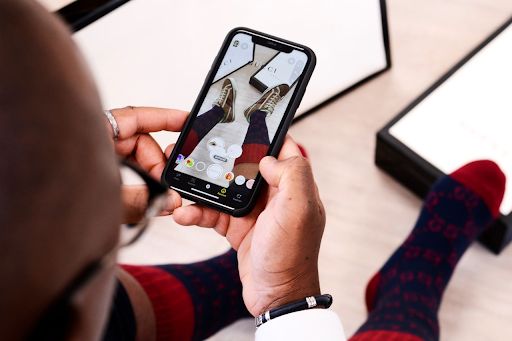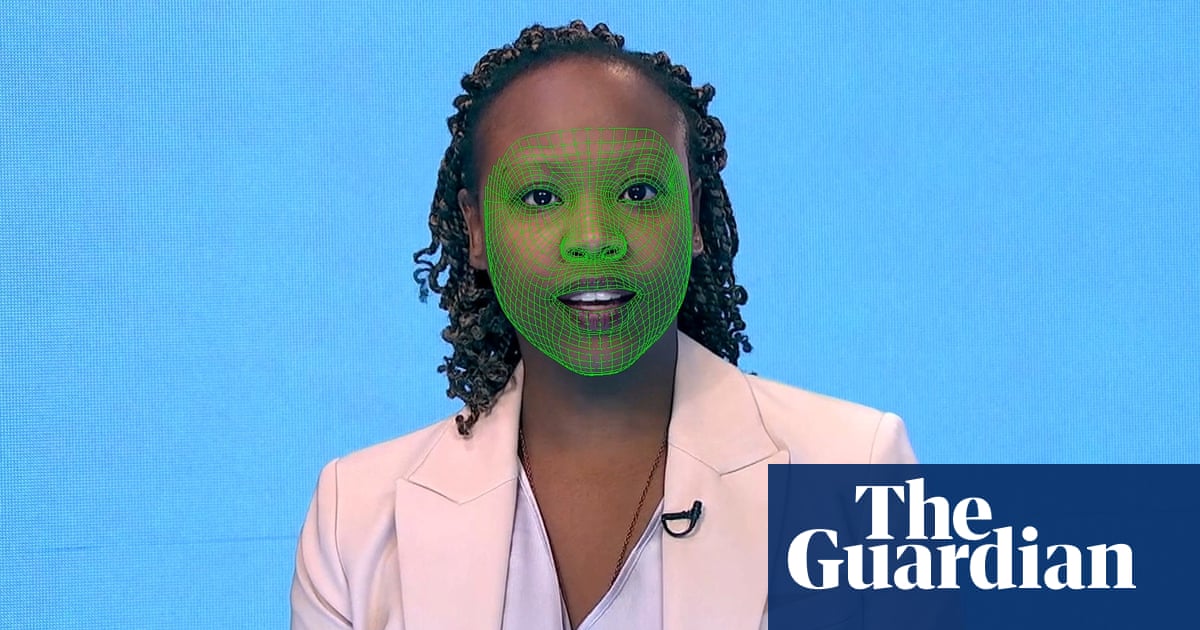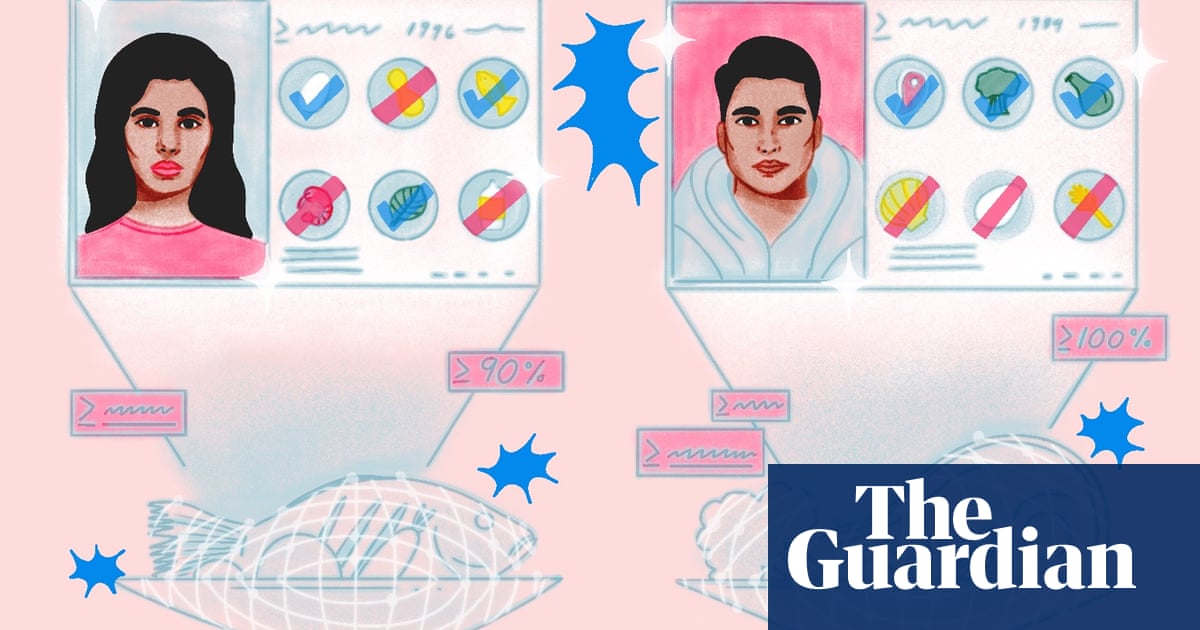🛒AI in Retail/E-Commerce - Virtual Try On (VTO)
AI plays a central role in creating realistic and engaging virtual try-on experiences in e-commerce.

Hello. Here's the latest edition of BuzzBelow, covering news on technology, investments and companies in the blockchain and AI world.
Today's Highlights
- How AI is transforming E-Commerce with Virtual Try On (VTO)
- Learn - a couple of courses to further your knowledge in AI/AR
- AI Jobs - a listing of fresh jobs related to AI
- In Other News - a few interesting developments we're tracking
AI plays a crucial role in enabling virtual try-on experiences in e-commerce. Virtual try-on technology leverages artificial intelligence to simulate the process of trying on products such as clothing, accessories, makeup, and even furniture in a digital environment. Here's how AI helps e-commerce in virtual try-on (VTO):
- Body Scanning and Measurement: AI-driven body scanning technology measures the customer's body dimensions accurately using images or videos. This data is then used to recommend the right size or fit for clothing and accessories, reducing the chances of inaccurate purchases.
- Virtual Fitting Rooms: AI-powered virtual fitting rooms create a 3D representation of the customer's body and overlay the chosen products onto it. This creates a realistic simulation of how the product will look when worn, helping customers make informed decisions.
- Realistic Rendering: AI generates realistic visualizations of products on the customer. This involves accounting for factors such as lighting conditions, shadows, and reflections to ensure that the virtual try-on experience closely mimics real-life scenarios.
- Augmented Reality (AR) and Virtual Reality (VR): AR and VR technologies are often integrated into virtual try-on experiences. These technologies use AI to track and overlay digital products onto the real world in real-time. Customers can view themselves wearing products through their device's camera or immerse themselves in a virtual environment where they can interact with products.
- Data Analysis: AI can analyze the data generated from virtual try-on interactions to identify trends, customer preferences, and product performance. This information can guide inventory management, product design, and marketing strategies.

Top Beneficiary Sectors: The fashion and beauty industries within the retail sector are particularly well-suited for virtual try-on technology. These industries rely heavily on visual appeal and personalization, making virtual try-on an invaluable tool to replicate the in-store experience online.
Statistical Spotlight:
- The augmented reality (AR) market has grown so rapidly that it is expected to be worth $88.4 billion by 2026; with an estimated 31.5% CAGR from 2021 to 2026.
- A survey by Retail Perceptions found that 71% of consumers would shop more often if they could use AR to visualize products before purchasing.
- 40% of customers would pay more for a product they could experience through AR.
AI plays a central role in creating realistic and engaging virtual try-on experiences in e-commerce. It combines computer vision, machine learning, and AR/VR technologies to provide customers with the confidence to make online purchases by visualizing products as if they were physically trying them on.
The adoption of VTO results in substantial improvements across pivotal e-commerce metrics. From amplified conversions and diminished return rates to heightened revenues, the data unequivocally underscores the positive influence of virtual try-on technology on nurturing buyer trust and expanding business horizons.
- Conversion Enhancement: Integration of VTO technology can lead to an impressive increase of more than 58% in e-commerce conversion rates.
- Reduction in Return Rates: Through the adoption of VTO, return rates can witness a drastic reduction. Brands that offer virtual try-ons average 64% fewer returns compared to those that do not. Research shows that returns can cost retailers $100 million annually or an average loss of 3.8% in profit per company.
- Augmented Revenues: VTO can contribute to a substantial surge of over 47% in revenues per visit.
Virtual Try On in e-commerce addresses several challenges associated with online shopping, such as uncertainty about product fit and appearance, high return rates, and the lack of a physical try-on experience. By offering customers a more immersive and personalized shopping experience, businesses can increase customer satisfaction, reduce returns, and stay competitive in the rapidly evolving e-commerce landscape.
📚 Learn
|
The New School Parsons
|
|
Daydream
|
👨💻 Jobs
|
L'Oreal Information Technology
|
Amazon
|
🔔 In Other News




